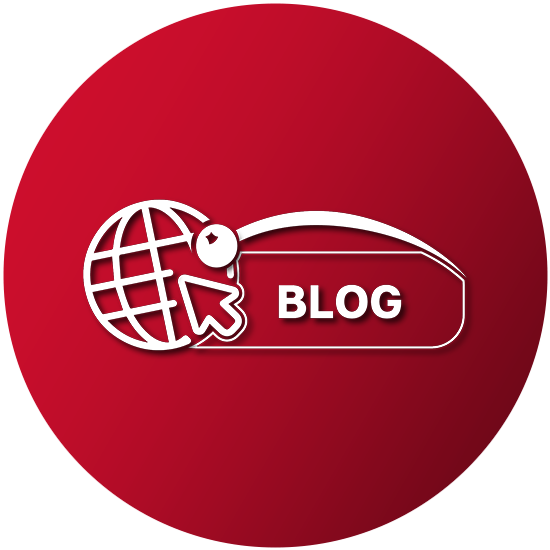As I mentioned in my last post, DITA has made remarkable strides since the 1.0 spec was introduced by OASIS in 2005. What was seen as primarily a standard for technical communications has moved into the entertainment, pharmaceuticals, heavy equipment, instructional design, and oil and energy fields. When developing DITA 1.3, the OASIS DITA technical committee saw that the user community had become more diverse. And so, to meet the needs of mixed users, the committee saw the need for three editions tailored for specific users.
The three editions of DITA 1.3 are:
- Base
- Technical Content
- All-Inclusive
The following diagram illustrates the three editions:
Base Edition
The base edition is designed for application developers and people who need only the most fundamental pieces of the DITA framework. If your docs don’t need detailed information typing, this would be the package for you. This is also the edition you should use if you are developing lightweight DITA-enabled applications or if you are developing specializations that use topic as the base. Such specializations might be for data sheets, calendar event listings, or even recipes.
Technical Content Edition
The Technical Content Edition is the edition most familiar to technical communicators. It is used for hardware and software manuals, online help, hover help, troubleshooting information, and online documentation.
All-Inclusive Edition
The All-Inclusive Edition is meant for users that are developing structured modular learning materials.
Such material would include:
- Textbooks
- Online assessments and courses
- Training materials
For more information
An informative look at the three editions that comprise DITA 1.3 can be found in an excellent white paper written by the OASIS DITA Technical Committee






